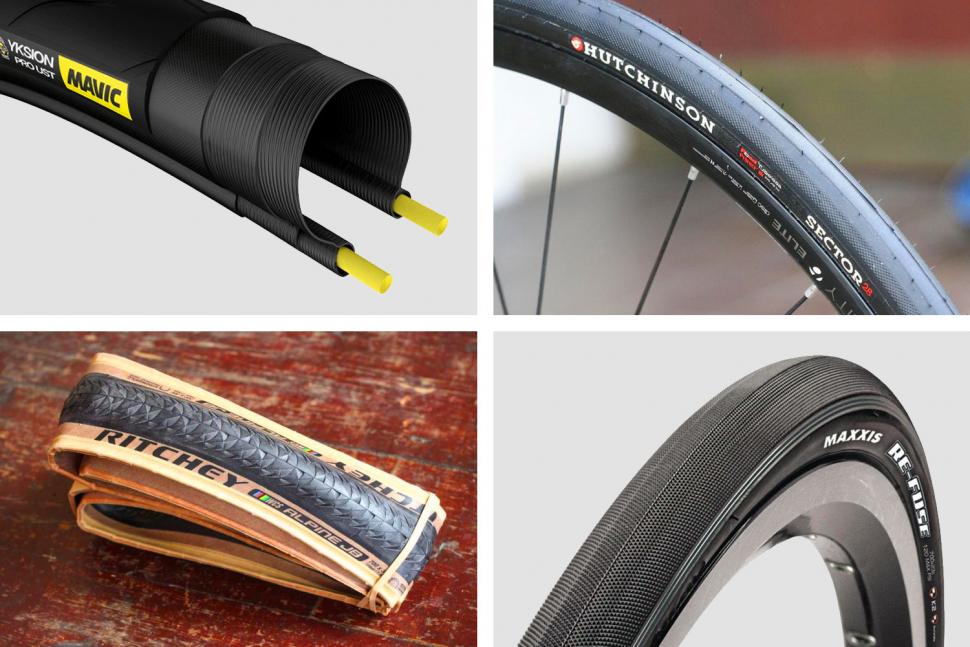Road tubeless has been in the wind for over a decade and in the last couple of years the technology has shown real signs of going mainstream, with numerous wheel and tyre brands jumping on board.
Pro cyclists continue to dabble in the technology, and it’s becoming increasingly common, particularly at the higher end of the market, for road bikes to ship with tubeless wheels and tyres, or at least ones that claim some level of tubeless-readiness.
Despite all of this, tyre and rim compatibility remains a thorny issue. Right now, there’s no guarantee that a given tubeless road tyre will work with a given tubeless rim, and that’s a problem.
In some cases, the incompatibility means tyres are simply too tight to fit. In others, there’s a risk of tyre blow-off, a dangerous scenario that could lead to real injuries or worse.
Recently, the situation has been further confused by the appearance of hookless rims for the road.
Hookless comes with its own set of purported benefits, but also raises important questions about safety, and highlights the lack of universal standards.
Hookless rims do away with the bead hook that helps retain conventional clincher tyres.Enve
I’ve been looking into hookless technology as well as talking to key players in the industry about where the tech is headed, and how we unpick the mess that is road tubeless.
Thanks go to Continental, Enve, Giant, Schwalbe, Stan’s NoTubes and Zipp for their help in researching this feature, with a particular shout-out to Mike Bush of Stan’s whose help in dissecting the standards was invaluable.
Hookless rims have a number of claimed advantages that we’ll get into in more detail below.
A hookless rim is simply one with a profile that lacks bead hooks, the protruding edges that help retain conventional clincher tyres under pressure.
Instead, a hookless rim has straight, vertical sides, and indeed in wheel maker circles the technology is often referred to as “tubeless straight side” or TSS (not to be confused with “Training Stress Score”, a performance metric developed by TrainingPeaks).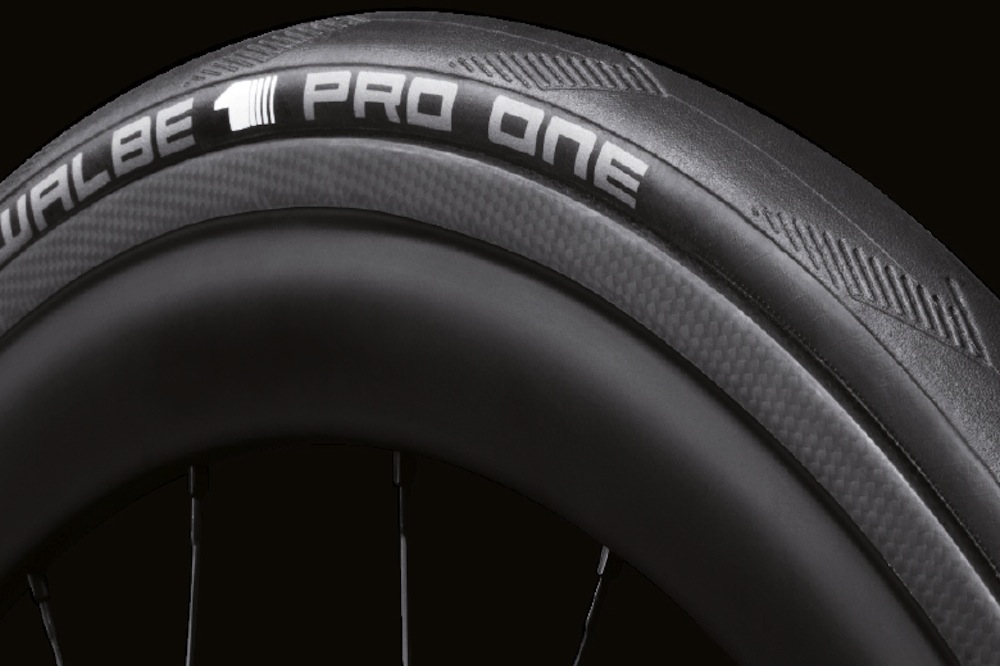
Hookless rims have been around for mountain bikes for years, but in the road world, where tyre pressures are typically much higher, they’re relatively new.
Hookless rims are usually tubeless-only, i.e. you must run a tubeless-specific tyre, which will have a stiffer bead than a conventional tubed clincher.
It is possible to run a tube (e.g. in the event of a puncture that sealant won’t fix) but only in that same tyre – it’s not usually considered safe to swap to a standard clincher tyre.
On the face of it, you might assume a hookless rim is less safe than a hooked one, but the reality appears to be much more nuanced.
The safety of a rim–tyre interface is heavily dependent on the tolerances of the two components and proponents of hookless claim it’s perfectly safe (or indeed safer than hooked) and offers real performance benefits.
Detractors suggest the move to hookless is driven primarily by manufacturing concerns and not for the benefit of riders.
Right now, new tubeless wheelsets and tyres are appearing right, left and centre.
At one end of the spectrum, the likes of Zipp and Enve are coming out with hookless carbon rims, and their large internal widths would have placed them squarely in mountain bike territory just a few years ago.
The Zipp 303 S and 303 Firecrest have internal widths of 23mm and 25mm respectively, while both Enve’s SES 3.4 AR and SES 4.5 AR models measure 25mm.
These are wheels aimed at tyres wider than old-school road cycling norms would have demanded.
Zipp’s new 303 Firecrest is one of a number of ultra-wide, hookless wheelsets that have hit the market in recent memory.Zipp
Where 23mm was the go-to size for road, these are designed for 28s or larger, and they straddle the road and gravel riding categories.
At the same time, many manufacturers are launching explicitly road-oriented wheels with internal widths in the 18 to 21mm range.
Some, like DT Swiss’s ultra-light Mon Chasseral (18mm internal) and FFWD’s RYOT44 and RAW (21mm internal) use a more conventional design with a hooked bead.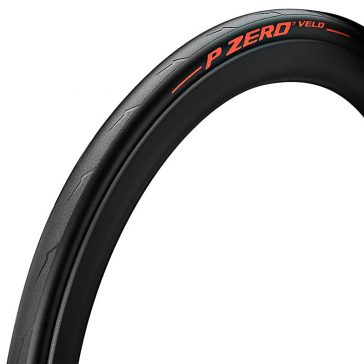
It’s a sign of how much things have changed that 18mm doesn’t even count as wide these days.
The ultra-light DT Swiss Mon Chasseral gets a hooked bead rim.Matthew Loveridge / Immediate Media
Road rims used to be around 13 to 15mm internally and tyres larger than 25mm were regarded with suspicion by those with even modest performance ambitions.
Ten years ago, race bikes shipped with 23mm tyres, while comfort-oriented endurance models typically got barely-bigger 25s.
On the tyre front, virtually all the major players now have a flagship road tubeless offering. Notable examples include Schwalbe’s Pro One TLE and the Continental Grand Prix 5000 TL, the tubeless version of Conti’s update to one of our favourite all-rounders, the all-conquering Grand Prix 4000 S II.
28mm tyres are showing signs of becoming the go-to for general road riding and many endurance bikes now accept 32s or even larger.
This is a trend that goes hand-in-hand with the rise of disc brakes.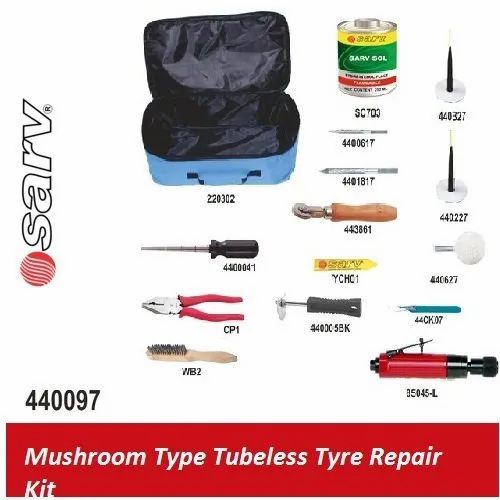 Few rim brake road bikes accepted a tyre larger than 28mm, or maybe 30mm at a squeeze.
Few rim brake road bikes accepted a tyre larger than 28mm, or maybe 30mm at a squeeze.
Designing a road frame for larger rubber meant moving to non-standard long-drop calipers, cantilevers (as used on cyclocross bikes) or mini v-brakes.
If you want fat tyres on your rim brake bike you need to look beyond standard road components.Jack Luke / Immediate Media
Disc frames inherently have fewer restrictions on clearance, and bike designers have been capitalising on this to produce ever more versatile road bikes that overlap with the gravel category.
We keep being told that a new road tubeless standard is coming or that one has already arrived. Again, the reality is more complicated.
Wheel and tyre standards are overseen by two bodies: the ETRTO (European Tyre and Rim Technical Organisation) and the ISO (International Organization for Standardization).
The ETRTO publishes its standards manual annually, and some years there are major changes while others see only minor tweaks.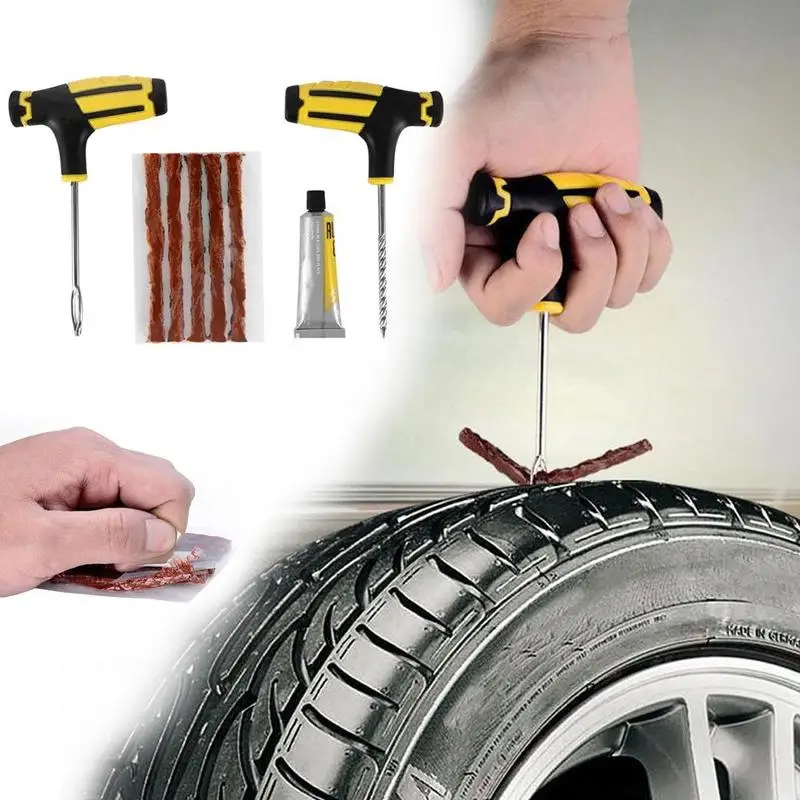
The ISO in principle reviews its standards every five years, but, in practice, this timetable appears more elastic. The current standards governing bicycle wheels and tyres were published in 2014, and the next update appears to be some way off.
As the name implies, the ETRTO is fundamentally European but, in reality, it exercises considerable influence and works with major international players in the industry.
Historically, ETRTO standards have been baked into the international norms agreed by the ISO.
The problem we now have appears to be two-fold: not only is the current ETRTO standard now out of step with some of the products on the market, but the infrequently-updated ISO standard is still pending and liable to undergo changes before it’s finalised, meaning that even wheels and tyres that conform to current ETRTO norms may not conform to the global ISO road tubeless standard if and when it is agreed.
The only real solution to the current situation is a globally agreed standard covering both rims and tyres and, critically, how they interact.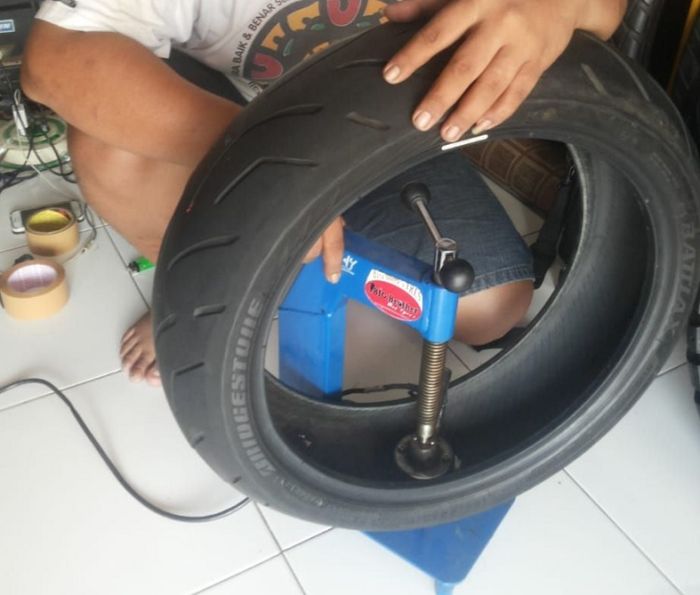
According to the industry players I’ve consulted, the discussions are happening and a global standard is coming, but it’s probably not going to arrive for around 12 to 18 months and there’s plenty of wrangling to be done in the meantime. For now, it remains a wild west out there.
Right now, if you take a Continental GP5000 TL out of its box and examine its sidewalls, you’ll find the following phrase written in capital letters: “mount only on hooked rims”. This goes to the heart of the road tubeless mess.
The Continental Grand Prix 5000 TL has already shown itself to be a great tyre, but it’s not currently approved for use on hookless rims.Felix Smith
As things stand, tubeless wheel and tyre makers are having to devise their own rules to inform their customers.
Brands take differing approaches to this, with some wheel makers publishing lists of tyres they’ve tested and deemed safe, and others making more general statements about compatibility that place the onus on tyre makers to guarantee safety.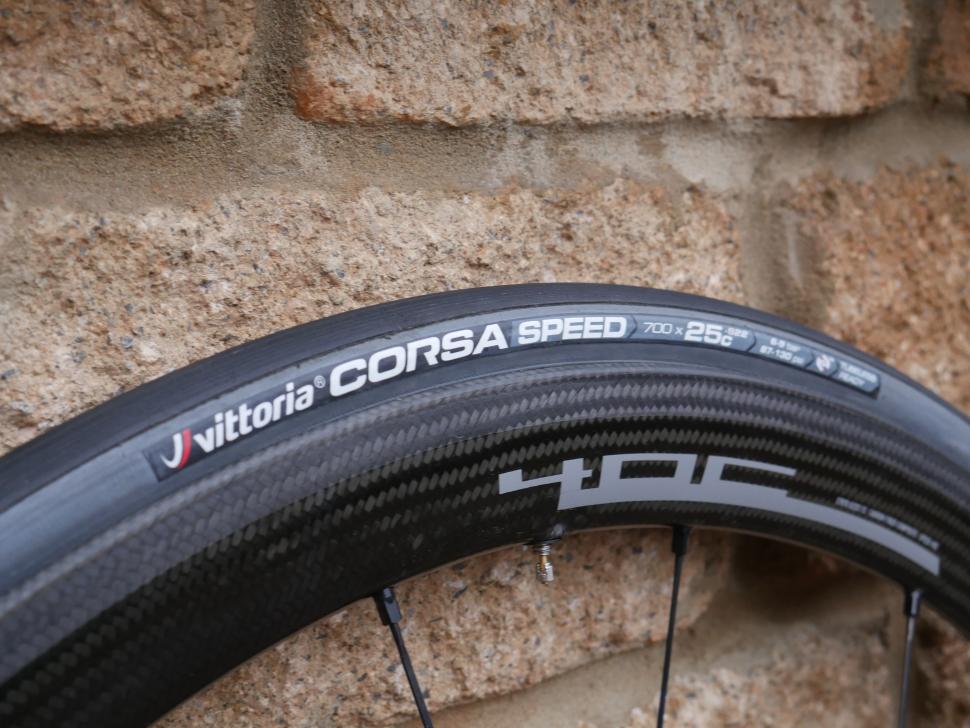
Fundamentally, it’s a question of liability. No wheel or tyre maker wants to be in the position of promising compatibility with another brand’s products only for a rider to suffer injury as a result of it all going wrong.
Enve, for example, has a very detailed section on its website listing tyres that are known to be compatible with its hookless rims.
The brand, an early advocate of hookless for the road, has undertaken extensive tyre testing.
Jake Pantone, VP of product and consumer experience at Enve, says: “the reality is that hookless just brings the skeletons of poor tire construction out of the closet. Hooked-beads conceal the problem.
“Today, and due to good collaboration between Enve and most all tyre manufacturers, you are seeing nearly all tubeless road tires that are introduced over the past 12 months, pass our hookless compatibility test.”
The Schwalbe Pro One TLE is an all-rounder tubeless race tyre that doesn’t have any particular compatibility restrictions. Matthew Loveridge / Immediate Media
Matthew Loveridge / Immediate Media
Enve’s testing protocol demands that a tyre must achieve 1.5 times the maximum pressure of either the rim or the tyre, whichever is the lower number, without blowing off.
For Enve’s SES 4.5 AR, for example, which is rated for 80psi, that means a tyre must hold 120psi without coming off the rim.
Testing is carried out using actual rims and also a machined aluminium test rim that’s used to measure bead stiffness and diameter.
Tim Ward, from tyre maker Schwalbe, says: “there are no particular restrictions for using Schwalbe tubeless road and gravel tyres on hookless rim as long as they are explicitly designated as tubeless compatible.
“However, it should be borne in mind that hookless rims tend to have a more restricted pressure range and, without the bead-lock lip of many tubeless clincher rims, the tyre can de-mount at very low pressures or when flat.”
It’s also worth noting that the “optimal” rim shown on Schwalbe’s own website does feature a hooked bead.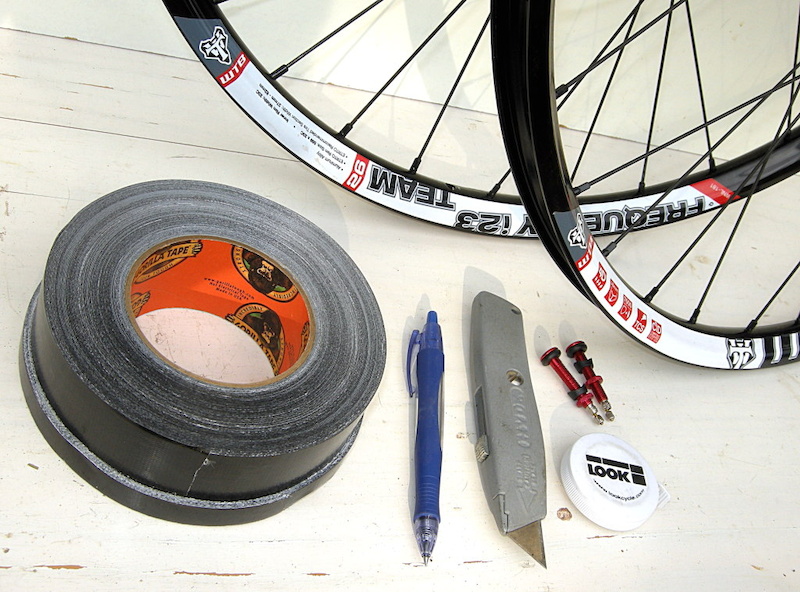
Zipp, another key hookless advocate that recently launched two hookless variants of its 303 aero all-rounder wheelset, has purposely not produced compatibility lists, with product manager Bastien Donzé saying: “Our statement regarding tire compatibility is clear: we believe that our rims are compatible with all tubeless or tubeless-ready tires on the market, EXCEPT those where the tyre manufacturer specifically prohibits the use of hookless rims.
“We have tested a large variety of tires on the market and we have come to realize that our new 303 wheels are just as safe as the previous generation when it comes to tubeless tire retention.
“However we cannot issue a statement or create a compatibility list that would overwrite the position of tire manufacturers on their own products. In the case of Continental, their position regarding the GP5000 TL is clear and we respect it.”
Donzé also revealed that in Zipp’s own testing, the blow-off pressures for its hookless rims were close to those of the hooked designs.
The figures are confidential, but I can tell you they’re much higher than you might imagine, far in excess of the ETRTO’s 5-bar number and well beyond any normal inflation pressure for a road tyre.
Stan’s NoTubes – arguably one of the best-known names in tubeless, but one that’s more established in the mountain bike world than the road one – doesn’t produce fully hookless road rims, instead favouring a design that’s jokingly referred to in-house as “damn near hookless”, where the bead hook is quite minimal.
Stan’s is another brand that doesn’t publish compatibility lists. “We haven’t gone down that road”, says company president Mike Bush, “we haven’t had blow-off issues.”
Some manufacturers test tyres on rigid steel rims that mimic their wheels in a lab setting. By contrast, Bush says: “we do everything on a real, built wheel, and that’s to 150 per cent of our rated pressure.”
Bush doesn’t rule out a move to a fully hookless design for the road, but says one is not currently “in active development”.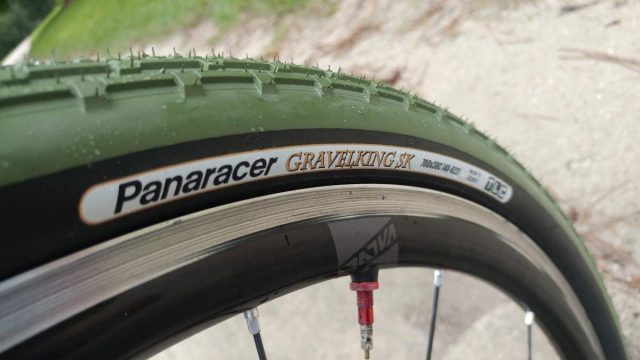
Bike maker Giant bears a mention here too, because the higher-end models of the new 2021 TCR race bike feature hookless carbon rims as standard.
The 2021 Giant TCR Advanced Pro 2 Disc is one of a number of models with hookless rims.Simon Bromley / Immediate Media
At the time of writing, Giant has a list of compatible tyres, but it only includes those made by Giant (and in-house brand Cadex).
That’s set to change, though, and Giant’s David Ward says: “we’re working with the tyre brands to come up with a list and a test [i.e. a safety test] that both us and the tyre brand is happy with.”
Talking to the brands, there’s a consistent theme of cooperation – ultimately it’s in everyone’s interests if riders have confidence in their equipment, and there are no compatibility pitfalls.
In the absence of concrete standards, they’re doing the best they can, but consensus on the best approach remains elusive.
Continental stands out among tyre manufacturers by explicitly forbidding the use of hookless rims with its flagship road tyre.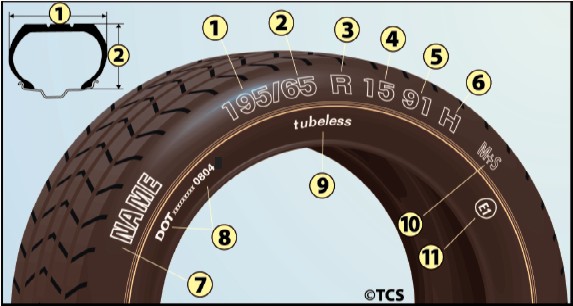
According to Continental product manager, Jan-Niklas Jünger: “[hookless] does not work in our favour and we would certainly prefer to stay on hooked rims as it allows more safety to the end user, however we understand the wheelbuilding industry will push towards hookless-only as it decreases weight, carbon-scrap rate, production costs etc.
“As for now, we would like to recommend all our customers not to use our road tires with any hookless rims, if you are choosing gravel tires we’ve got you covered. Please do not exceed 5 bar / 73psi on any hookless rim and tire combination!”
If you’ve been following recent wheel launches, you might have noticed repeated mentions of that 5-bar pressure limit on hookless rims.
This number comes from the existing ETRTO handbook, which includes some spec details for hookless rims, but seemingly not for hookless road rims specifically.
Historically, 73psi would have been a very low limit for road riding, where pressures as high as 120psi are not unheard of.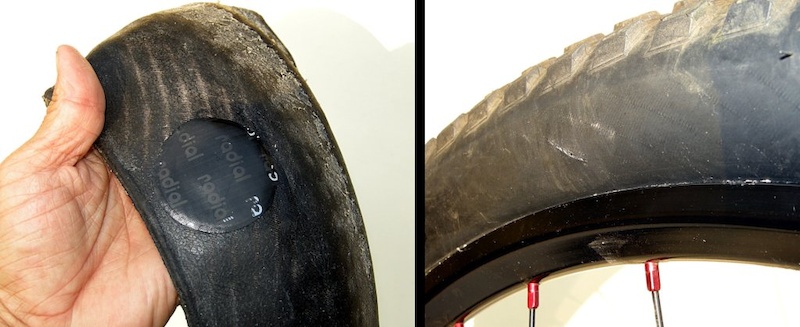
If you ask the likes of Zipp, the number doesn’t really matter anyway because its testing consistently points to wider tyres and lower pressures being both faster and more comfortable in the real world, with no need to exceed that number.
Zipp’s Bastien Donzé is emphatic in his belief that this new normal of wide, squishy tyres for the road (and gravel) is the way forward and that it will be a case of “a mental transformation in the market” to get riders to accept this.
He notes that, with the latest Zipp wheels and 28mm tyres, he pumps his tyres up to 57psi front / 61psi rear at a rider weight of 77kg.
This is in line with our own experiences at BikeRadar. I, for instance, have been running Schwalbe’s latest 28mm Pro One TLE at around 50/58psi on my Specialized Roubaix long-termer with 21mm internal Roval rims (hooked, incidentally), and I’m absolutely a convert to this approach.
Zipp is all-in on hookless, claiming numerous advantages for the technology compared to hooked bead tubeless.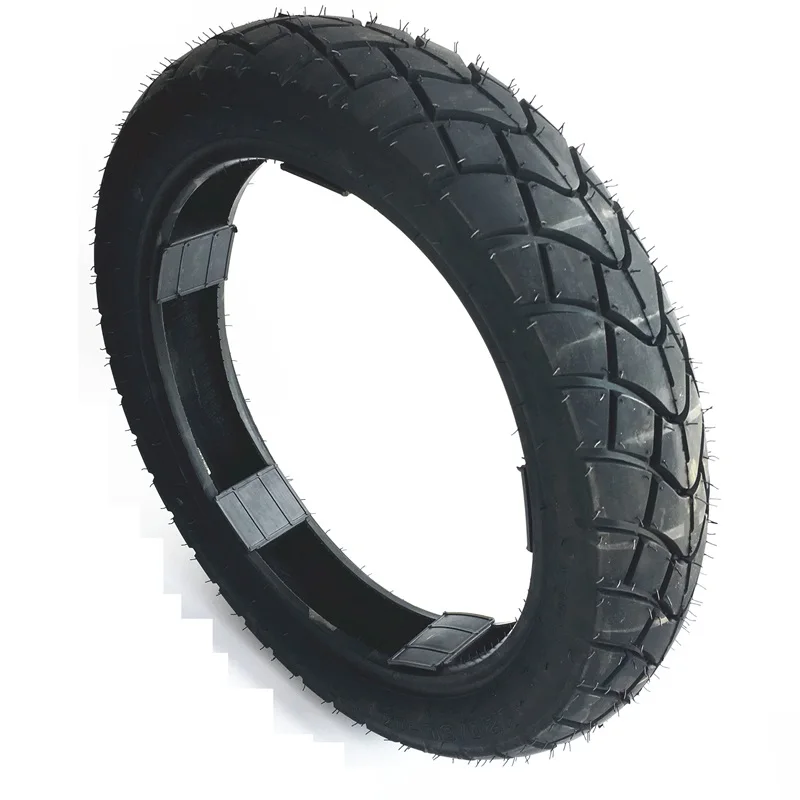 Key among them from a performance point view is that “no hooks means cleaner transition between the rim and the tire”, i.e. better aerodynamics.
Key among them from a performance point view is that “no hooks means cleaner transition between the rim and the tire”, i.e. better aerodynamics.
On the face of it, it also produces a more natural tyre profile, with the casing adopting a far less convoluted shape.
The difference in how a tyre sits in a rim is striking when you compare hooked, hookless and tubed clinchers side-by-side.Enve
Enve anticipates a hookless future too, with the brand’s Jake Pantone acknowledging that it doesn’t “have a single rim in the pipeline with hooked beads”.
Zipp’s Donzé is very keen to counter the narrative that hookless is solely for manufacturers’ benefit: “There’s a perception that the bicycle industry is cutting corners with hookless; the truth is simply that hookless makes a better rim.
“Here’s why: by replacing the silicon mandrel used to create the tire bed cavity [with] a hard tool made of steel, we gain more control over the manufacturing process: better compaction of the carbon, better resin distribution through the rim, tighter tolerances in the tire bead seat, less waste and less scrap.
“In summary, hookless rims are lighter, faster, stronger, more affordable and better for the environment. The end-user wins at every level, really.”
Giant’s David Ward echoes these sentiments, and it’s notable that the brand’s hookless wheels don’t carry a warning about exceeding 5 bar – in fact, Ward says you’re fine as long as you stay within the limits marked on the rims and tyres.
We have a 2021 Giant TCR Advanced Pro 2 Disc (pictured above) in for testing (my colleague Simon Bromley is running it as a long-termer) fitted with Giant SLR-1 42 Disc hookless wheels and 25mm Giant Gavia Course 1 25mm tyres, and both the rim and tyre permit pressures up to 125psi / 8.6-bar.
Giant’s hookless rims don’t carry the 5-bar warning at all.Simon Bromley / Immediate Media
Whether you’d actually ever need to run tubeless tyres that hard is another matter, but there you have it.
It’s worth noting that Giant’s alloy rims remain hooked and indeed I’m not aware of any hookless alloy road rims on the market right now.
From a manufacturer’s perspective, hookless is a lot less appealing for alloy rims. While carbon rims are moulded as a single unit, alloy ones are extruded, and then the ends of the extrusion are joined. Watch this delightfully cheesy How It’s Made clip for a demonstration of the process:
This means making a bead hook doesn’t add any particular complexity to the process, and that controlling tolerances for bead seat diameter (the critical dimension that determines how tightly a tyre fits) is inherently more difficult than it is with carbon rims.
It’s conceivable that we could see a divergence in tubeless technology between the high- and low-end as a result.
Frustratingly, road tubeless always seems to be just on the verge of becoming truly mainstream.
We know it can work really well, with fast tyres that mount easily, stay on the rim when you’re riding, and run happily at pressures lower than you could get away with using standard clinchers.
We’re still some way from that being a given, though, and the hookless issue further muddies already murky waters.
Proponents of hookless make a compelling case, particularly when it comes to carbon rims.
At the same time, there are numerous very good hooked rims on the market right now and while the standards are still fluid, and are likely to be for quite some time, they do come with fewer unknowns for riders.
If we reach a point where the standards are truly resolved and across-the-board compatibility is guaranteed, the balance could well tip in hookless’s favour. Right now, it’s too early to pass judgment.
For the time being, we advise checking and double-checking your rim-tyre combo and following manufacturer recommendations to the letter.
Don’t exceed recommended pressures, don’t mount non-hookless approved tyres on hookless rims, and consider very carefully whether you want to shoulder the risk of trying unproven wheel and tyre pairings.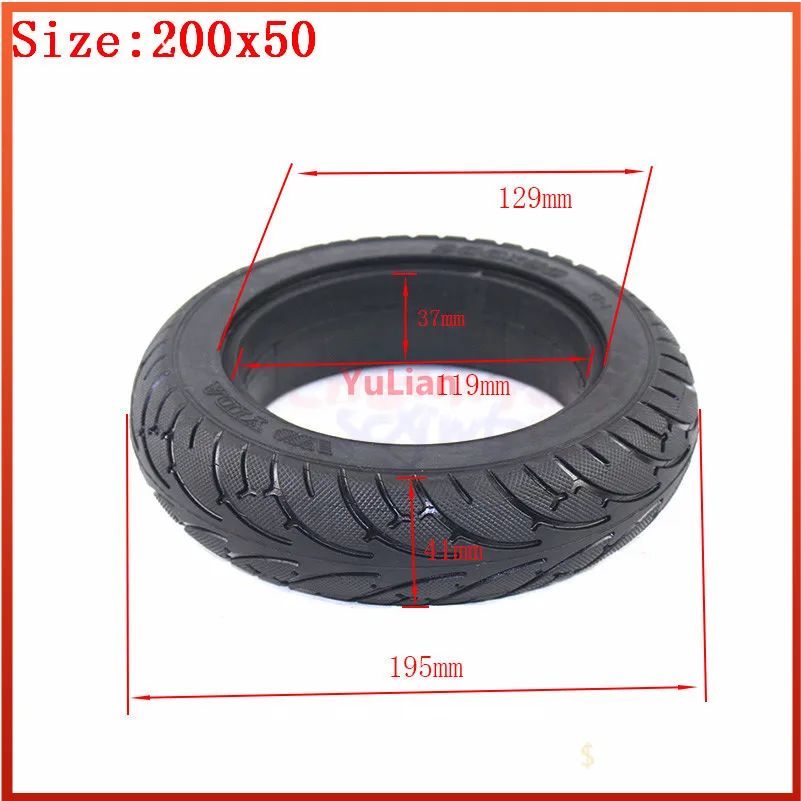
Matthew Loveridge (formerly Allen) is BikeRadar's former senior writer, an experienced mechanic, and an expert on bike tech who appreciates practical, beautifully-engineered things. Originally a roadie, he likes bikes and kit of every type, including gravel bikes and mountain bikes, and he's tested a huge variety of all three over the years for BikeRadar, Cycling Plus, Cyclist.co.uk and others. At 174cm tall and 53kg, he looks like he should be better at cycling than he actually is, and he's ok with that.
TOP > LEARN > Tire Knowledge > Other Tire Construction
Tires can be classified according to the arrangement of the cord layer, into the radial tire and bias tire (cross-ply tire). But most of the tires used at present are radial tires thanks to their proper advantages. Tires can also be classified according to the method of retaining inflation pressure, into the tubeless tires and tube-type tires, but most vehicles currently adopt tubeless method.
But most of the tires used at present are radial tires thanks to their proper advantages. Tires can also be classified according to the method of retaining inflation pressure, into the tubeless tires and tube-type tires, but most vehicles currently adopt tubeless method.
 High-speed durability.
High-speed durability.The tubeless tire does not use a tube. Instead, it maintains inflation pressure in the tire by the attachment of a special rubber liner called the “inner liner,” that features low air permeability on the internal surface of the tire. While the valve of a tube-type tire is attached to the tube that of the tubeless tire is a special valve attached directly to the rim.
 The absence of a tube has eliminated the problems that were formerly related to the tube.
The absence of a tube has eliminated the problems that were formerly related to the tube.Cautions
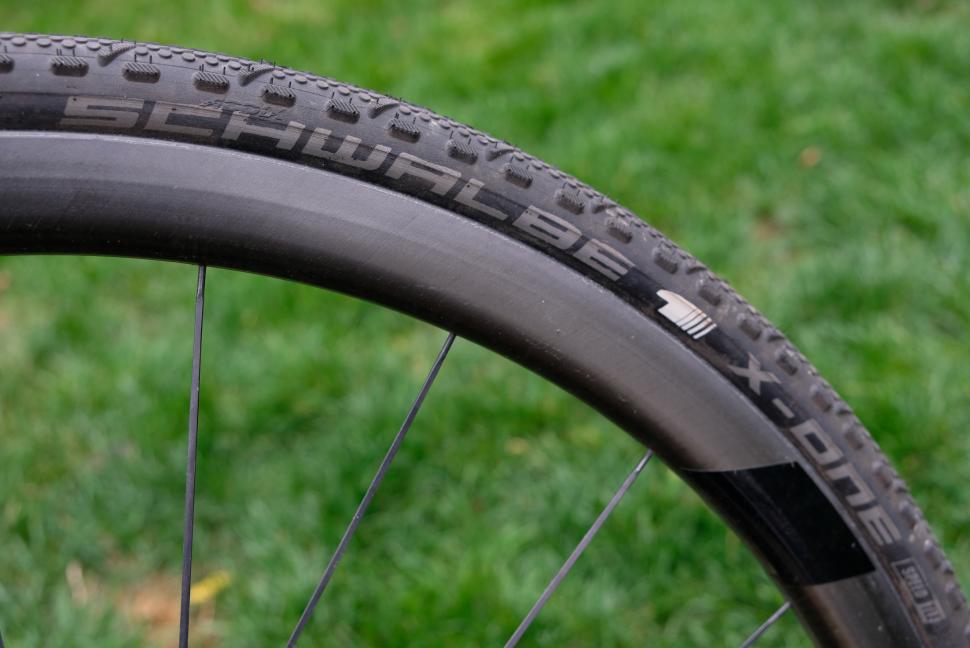
The runflat tire is designed for use as a standard tire that does not need to be supported by a spare tire. The sidewalls are reinforced with rubber so that, even in the case of a puncture, the tire can continue running for a while.
* With run flat tires it is not easy to identify any decrease in pressure, even if this is due to a puncture. For this reason, in the case of runflat tires installed it is necessary to mount an inflation pressure alarm unit in order to detect any air leakage.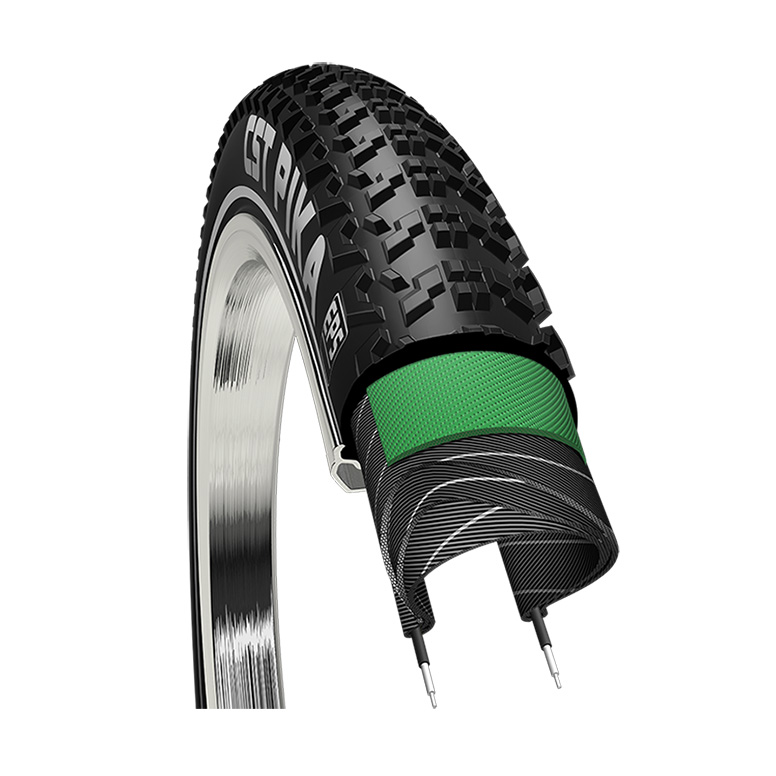
Contents
For some motorists, the question of how to distinguish a tubeless tire from a tube one is still relevant.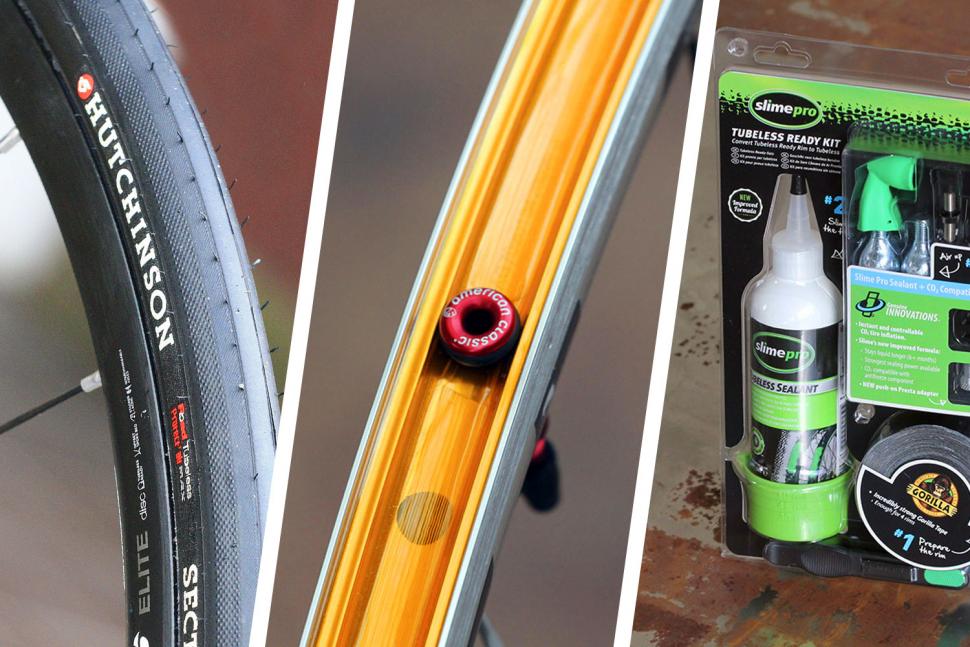 Let's say right away that the owners of older cars, or those who started driving 20-30 years ago, are mostly interested. The first camera system is interesting, because it makes little sense to put something especially advanced on a well-used “classic”.
Let's say right away that the owners of older cars, or those who started driving 20-30 years ago, are mostly interested. The first camera system is interesting, because it makes little sense to put something especially advanced on a well-used “classic”.
The second ones simply don't trust new stingrays, believing that the former chamber stingrays were more reliable and easier to repair. Among the curious are new owners of newly purchased used cars. The car must be shod in the same tires, this becomes known to everyone even at the stage of obtaining rights.
Changing all wheels at once may not be in the plans; Having gone bankrupt to buy a car, many people are putting off investing in new tires for the distant future. So we urgently need to find out what is put on the discs?
How to distinguish a tubeless tire from a tubed one, there are certain ways. However, first you need to be aware of their fundamental differences, since at first glance they are almost identical, but the price is noticeably different.
The main difference between a camera and a tubeless camera is in the structure. The first type of tires consists of 2 parts: a tire and a chamber embedded in it, which is a rubber tube closed in a continuous ring. The tubeless slope is a monolith. The outer circumference along the sides is sealed with a layer of seal, the inner one is sealed with a spray that is not permeable to air. The tubeless fit on the rims is more than tight, which is ensured by a special configuration, bead shape and a smaller diameter compared to the same rim parameter.
The combination of these benefits has led to the fact that tubeless rays strongly pressed the archaic variety on all fronts. Now, in order to find a camera, you will have to make some efforts and spend time, they turned out to be so little in demand.
It is doubtful to assume that when buying tires, a tire seller slipped a tubeless ramp instead of a tubeless one, unless at the personal request of the client.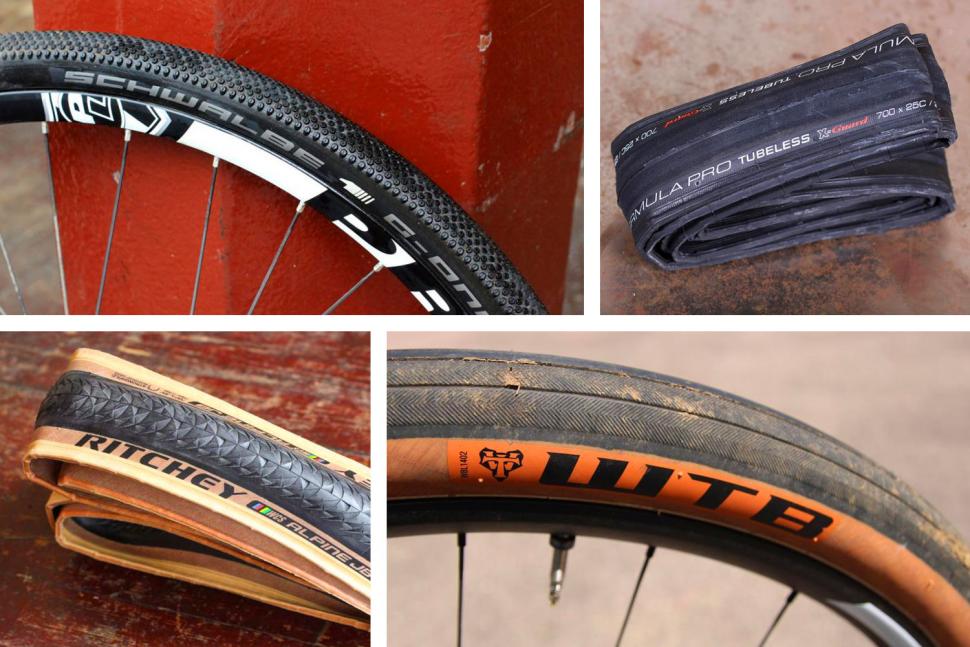 However, if you need to determine what the purchased iron horse is shod in, it is worth remembering certain signs.
However, if you need to determine what the purchased iron horse is shod in, it is worth remembering certain signs.
The easiest and most accurate way to figure out what kind of rubber is in front of you is to look for markings on the side of the slope. The inscription "tubeless" indicates that the tire in front of you is tubeless, "tube type" warns that there is a tube inside the tire. There may be abbreviations only for the first letters: T or TT .
The situation is somewhat worse if the marking is worn out beyond recognition. Or you have come across old wheels on which there are no markings. The presence of the letters TT accurately indicates the chamberedness of the slope, but the complete absence of signs does not say anything: at the time of the existence of only chamber tires, marking was unnecessary (however, if such old slopes were caught, it is better to throw them away immediately).
In these cases, the nipple will have to be looked at. The nipple, which has a small height, sits tightly and is equipped with a low side at the base - belongs to a tubeless tire. On the chamber, it is longer, smooth and freely walks on the seat.
The nipple, which has a small height, sits tightly and is equipped with a low side at the base - belongs to a tubeless tire. On the chamber, it is longer, smooth and freely walks on the seat.
If you are not sure that you have correctly determined the appearance of the nipple, you will have to resort to a dirtier and more time-consuming, but 100% way to distinguish a tubeless tire from a tube one: take it apart. Visual detection inside the chamber will eliminate all doubts.
Source
Tubeless tires are becoming increasingly popular in the automotive industry. They were able to take 85-97% of the retail sales of rubber for modern vehicles. Therefore, it is important for car owners to know the distinctive features of tubeless skates and how to choose the right tire among a wide range from various manufacturers.
Tubeless tires were first developed in 1903 by Dunlop, which is currently part of the Goodyear concern.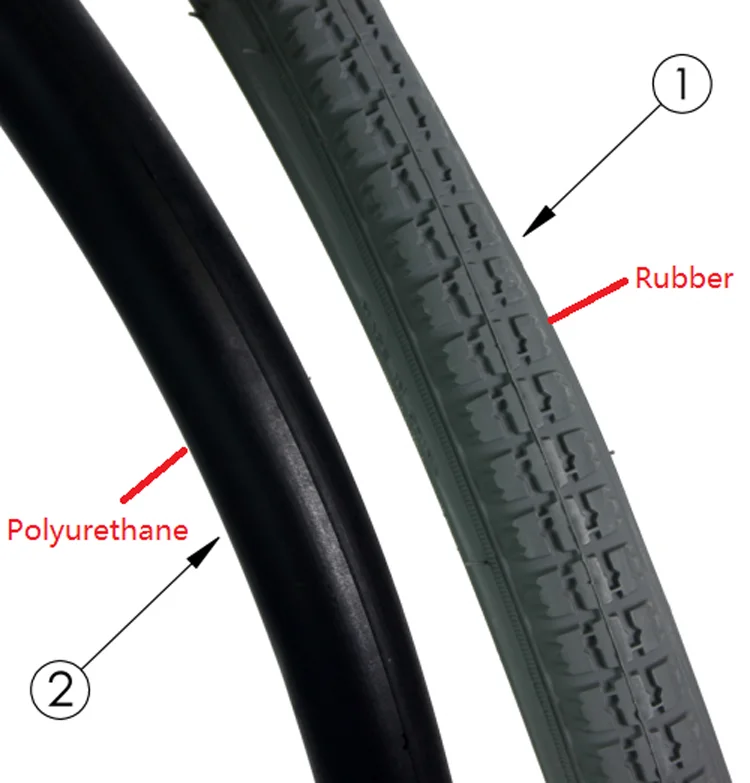 The then engineers and developers could not understand the better the new invention of existing chamber tires, so tubeless rubber entered mass production only in 1954. Since then, the struggle between the two types of rays began.
The then engineers and developers could not understand the better the new invention of existing chamber tires, so tubeless rubber entered mass production only in 1954. Since then, the struggle between the two types of rays began.
Tubeless and tube tires can be distinguished by the markings on the sidewall. If there is a camera on the tire, there will be an inscription in English Tube Type. Tubeless tires are labeled Tubeless.
The main difference between a tubeless tire is the absence of a tube inside. Tightness is ensured due to the tight fit of the rubber to the rim. To prevent air from escaping, the rim has a shelf, and the tire wraps around it with its rounded protrusions.
The difference between tubeless and tube tyres, when punctured. The hole in the chamber leads to a rapid exit of air. The reason for this is the lack of tightness in the disc rim area. The rate of air escape in tubeless tires depends on the size of the damage. If the puncture occurred with a nail or screw, then the slope will be blown away very slowly. The jamming of a foreign object acts as a plug. Therefore, with a nail driven into a slope, you can continue to ride only occasionally pumping up the wheel.
The jamming of a foreign object acts as a plug. Therefore, with a nail driven into a slope, you can continue to ride only occasionally pumping up the wheel.
Modern tubeless tires have a complex structure. The developers are experimenting with the tread pattern, trying to endow the slope with certain performance characteristics.
A tube tire, unlike a tubeless one, consists of two elements: a tire and a tube. The first serves for mechanical protection and provides traction with ice. The chamber is made of elastic rubber and is inflated with air.
A brief overview of the main differences between the two types of tires is given below.
If there is no marking on the tire, for example, due to abrasion, then the two types of rubber can be distinguished by the nipple. In a chamber tire, it is smooth and long. A tubeless wheel has a short nipple with a small bead. On a flat tire with a chamber, the nipple can be pressed inward.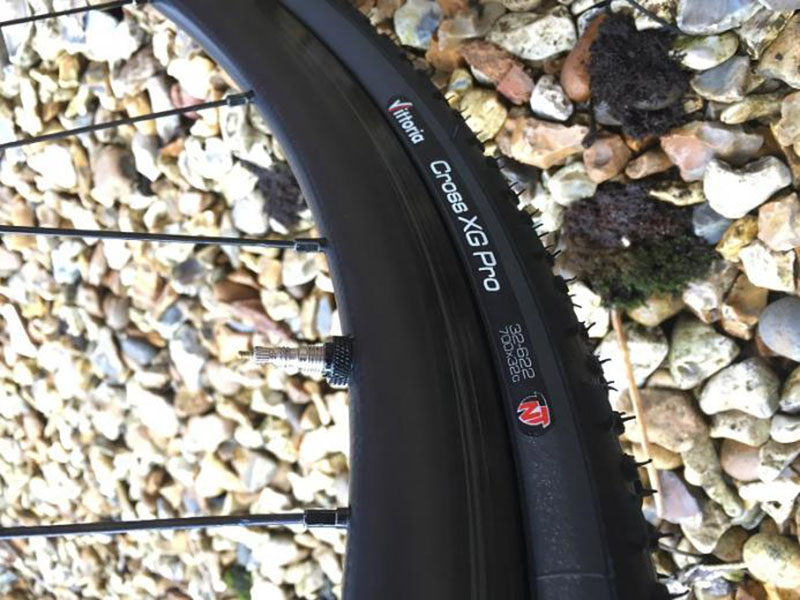 The tubeless tire does not allow you to dent it. The nipple is rigidly attached to the disk surface, as it directly affects the tightness.
The tubeless tire does not allow you to dent it. The nipple is rigidly attached to the disk surface, as it directly affects the tightness.
If it is not possible to determine the presence of the camera by external signs, then you can resort to a radical method of checking the wheel. To do this, disassemble the tire. If there is no chamber under it, then the wheel is tubeless. This method should be used only in extreme cases, as there is a high risk of damaging the rim or ramp.
Tubeless tires are currently the most popular use on passenger cars. Also, many trucks and buses have moved away from using tires. Still, the cameras have found their place. They are used on motorcycles, bicycles, scooters, mokiks, mopeds, scooters and quads. They are used in tandem with spoked wheels. The reason for this is the difficulty of ensuring the tightness of a tubeless tire on such a disc.
Cargo and light-duty vehicles have not completely left the tube tires. The reason for this is the installation and pumping features of tubeless wheels.
The reason for this is the installation and pumping features of tubeless wheels.
Representatives of the "Soviet generation" also prefer to install tube tires. The reason for this is the ease of repairing the wheel with your own hands. It is also worth noting that replacing a tube without a tire is much cheaper than restoring a tubeless wheel at a service.
The main advantage of tubeless tires is puncture safety. In the event of a breakdown of the wheel for a long time, normal pressure is maintained in it. In most cases, it is possible to drive from several tens to several hundred kilometers. If you pump up the wheel regularly, then you can drive even more with a puncture.
The absence of an instantaneous pressure drop in the wheel during a breakdown allows you not to lose control and not get into a traffic accident. Therefore, tubeless tires are widely used in cars and trucks.
Modern tubeless tires are lighter.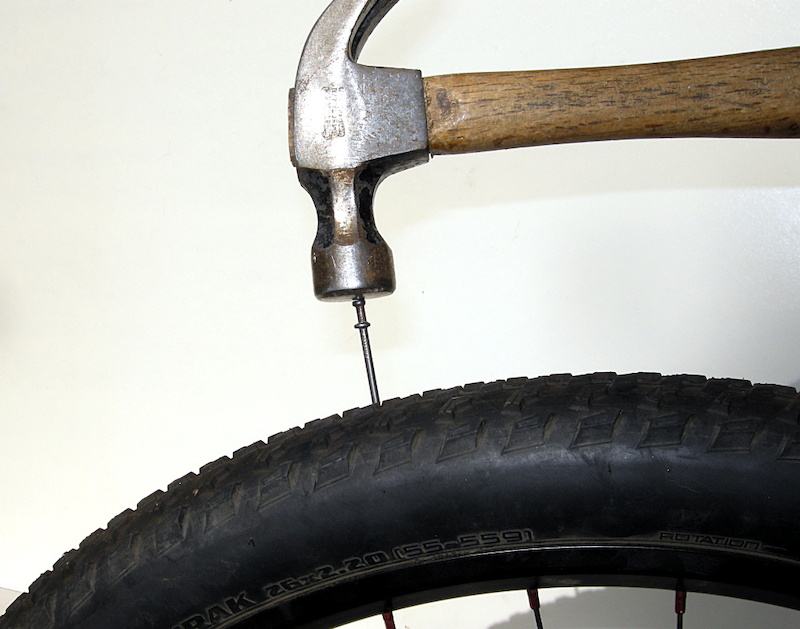 This allows you to reduce the load on the suspension. It also improves the dynamics of the vehicle.
This allows you to reduce the load on the suspension. It also improves the dynamics of the vehicle.
Tubeless tires are better at dissipating heat to the metal rim, as they fit closer to the rim. Therefore, the rubber heats up and wears out less, and its performance remains more stable.
Easier and faster repair for minor damage. On sale there are special pastes, sprays, corks, tourniquets that instantly solve the problem with a puncture. However, it should be borne in mind that after such a recovery, it is still recommended to contact a service center.
Tubeless tires have no internal friction between tube and tyre. This allows you to increase the service life. Other things being equal, it is more by 10-12%.
Installation of tubeless tires requires special equipment and higher skills from the master. Any damage to the rubber bead or rim can cause depressurization. It should be borne in mind that in this case, subsequent repairs are not always able to restore the wheel.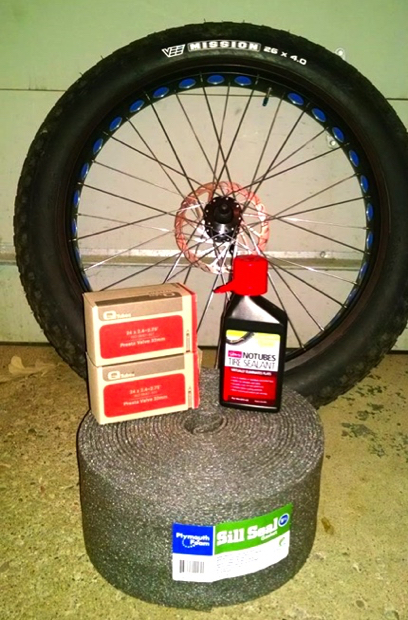
Repairing tubeless tires often costs a lot of money. The reason for this is the need to use special equipment and the presence of a highly qualified master.
Another disadvantage is the high sensitivity to tire pressure. Prolonged driving with a flat tire leads to the destruction of the sealing layer. In most cases, recovery after this ramp is impossible.
Many tubeless tires have soft sidewalls. Because of this, it is easier to damage it. Repair of such a wheel is very expensive.
One of the main vulnerabilities of tubeless tires is their high sensitivity to rim damage. Any small dent after hitting a pothole or hitting a curb will result in a rapid loss of pressure and the inability to continue further movement.
When choosing tubeless tires, the most important thing to consider is tire size. The slopes must be suitable in diameter, profile height and width.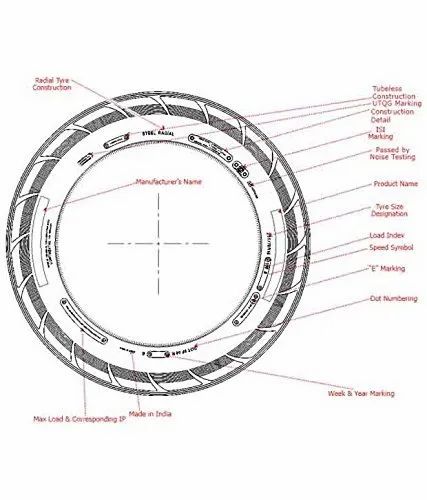 Also, attention should be paid to the load index and speed. The first indicator should be 15% more than the expected wheel load. The recommended speed index depends on the driving style and the dynamic characteristics of the machine. It should be borne in mind that one should not strive to buy wheels with an excessively high permissible speed. They can be too stiff and have mediocre grip and increased noise at low speeds.
Also, attention should be paid to the load index and speed. The first indicator should be 15% more than the expected wheel load. The recommended speed index depends on the driving style and the dynamic characteristics of the machine. It should be borne in mind that one should not strive to buy wheels with an excessively high permissible speed. They can be too stiff and have mediocre grip and increased noise at low speeds.
The second thing to consider when choosing tubeless tires is their season. It is forbidden to use summer tires in winter and vice versa. They differ in tread pattern, sidewall design, chemical composition of the rubber compound and cord.
Please note that the tires are of radial construction. Diagonal slopes are being produced less and less, but are still on sale. They are not suitable for urban use.
It is also recommended to pay attention to the tread pattern. The universal option is non-directional. It should be noted that the directional pattern removes water and slush better, therefore it is more relevant for rainy regions.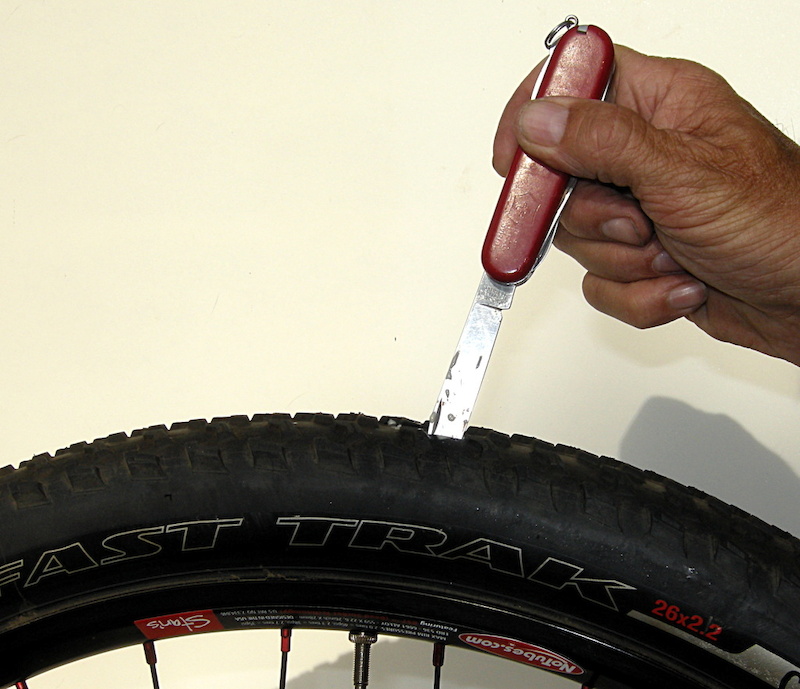
When choosing tubeless tires, you should also pay attention to the price. Although it is not the main criterion for quality, it can tell a lot. Good tires can't be too cheap.
One of the world's leading tire manufacturers is Bridgestone. Its rubber has a high resource and often wins tests. Another Japanese company, Yokohama, enjoys the same popularity. The slopes of the concern can be found in the basic configuration of many car manufacturers.
One of the oldest brands is Michelin. The company was founded in 1830. The high performance of the tires is confirmed by their use in motor racing.
Goodyear, Continental, Dunlop, Toyo Tires, Nokian and Pirelli have a long history and experience. Concerns produce excellent tires that do not fail on any road surface.
In the CIS, one of the best manufacturers are CJSC Rosava, PJSC Omskshina, PJSC Nizhnekamskshina.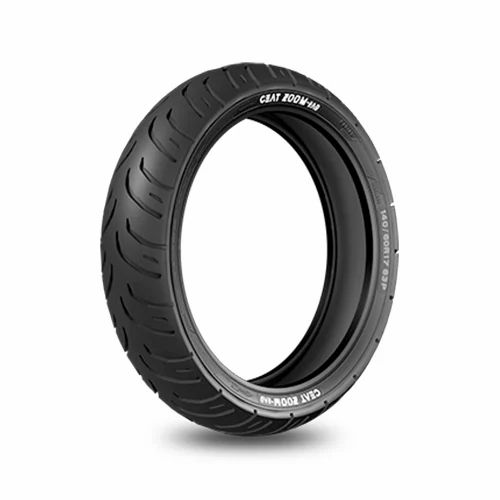 They tightly occupied the budget segment. The products of the Taganka Moscow Tire Plant and the Yaroslavl Tire Plant have mediocre reviews.
They tightly occupied the budget segment. The products of the Taganka Moscow Tire Plant and the Yaroslavl Tire Plant have mediocre reviews.
Source
TIRE MARKING. How to identify a tubeless tire!
What makes a tubeless tire better than a tubed tire, and what are their differences
VAZ DISC.
Tubeless bicycle wheels. Installation.
NEVER PUT A TUBE IN A TUBELESS TIRE?
How to seal a tubeless tire without even removing the wheel.
TIRE (WHEEL) repair - in 15 minutes. DIY
TIRE MARKING / WHAT THE MARKINGS ON TIRES MEAN
Do-it-yourself tubeless wheel repair (Puncture). Cost-Effective, Simple and Effective
Slides Quick Repair
which will help you achieve your goals. Please note that all new Hookless WheelSystems (2020) feature "hookless" rims. By following the instructions below, you will get the most out of your equipment and it will continue to perform at the highest level.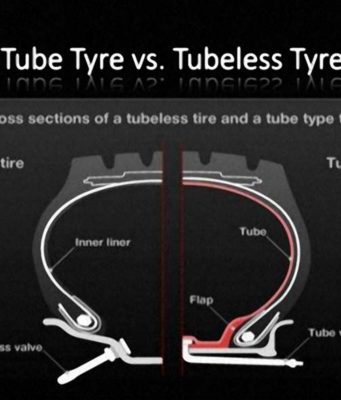 If you have any questions about anything described in this manual, please contact your local GIANT Authorized Reseller.
If you have any questions about anything described in this manual, please contact your local GIANT Authorized Reseller.
IMPORTANT:
This manual contains important safety, performance, and maintenance information. Before installing new wheels or before your first ride, make sure you read the information contained in the manual and keep it for future reference. For more information visit: https://www.giant-bicycles.com/global/manuals
WARNING:
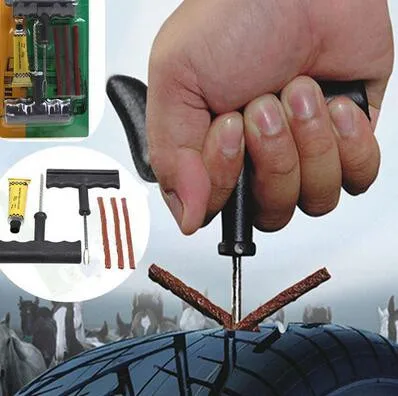 Otherwise, the user is responsible for this. If you are unsure of the intended use of the WheelSystem, please contact your local authorized GIANT retailer regarding the intended use of the WheelSystem.
Otherwise, the user is responsible for this. If you are unsure of the intended use of the WheelSystem, please contact your local authorized GIANT retailer regarding the intended use of the WheelSystem. 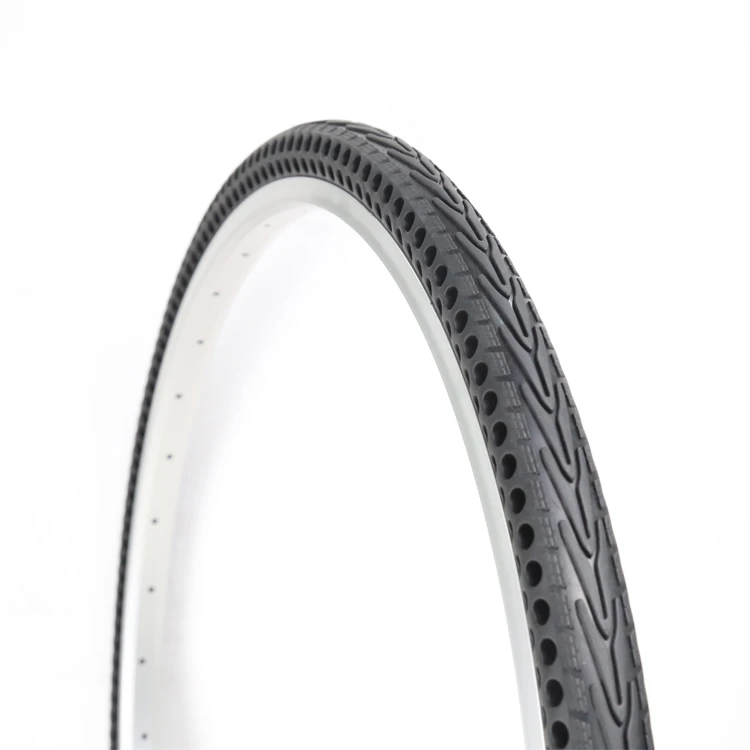
BEFORE RIDING
WARNING: If a wheel is not properly installed or maintained, it can be dangerous and cause serious injury or even death.
ASSEMBLY A
Recommended to use GIANT WheelSystems with GIANT tubeless systems.
WARNING: When installing GIANT tubeless systems (including rim tape, tubeless valve, tubeless sealant, and tubeless tires), please refer to GIANT's installation instructions or consult your local GIANT Authorized Retailer.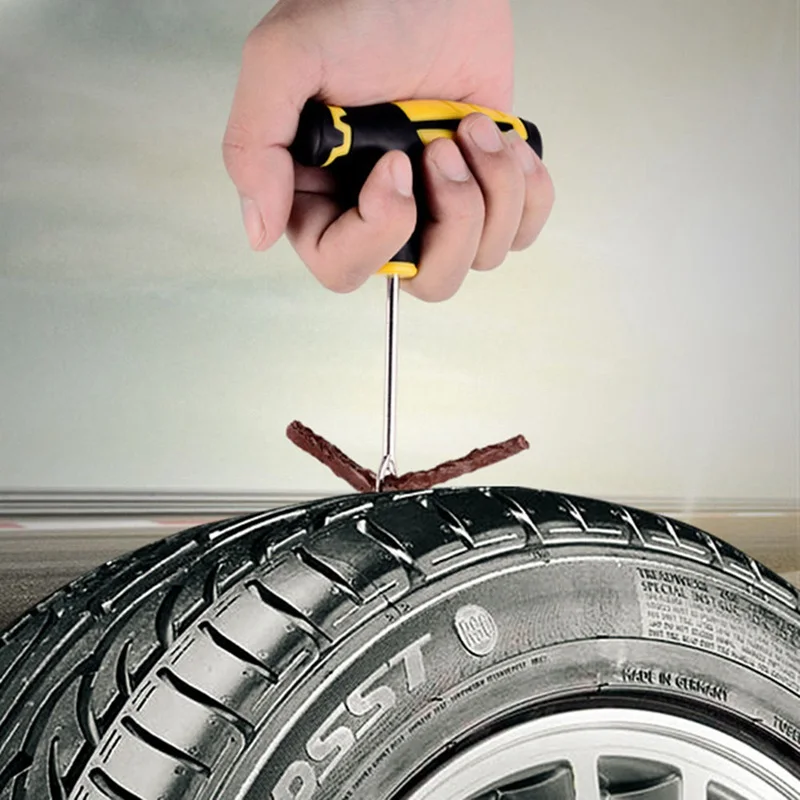
STEP 1. For the best cycling performance, we highly recommend using GIANT Tubeless System products (rim tape, tubeless valves, tubeless sealant and tubeless tires) in conjunction with your GIANT Tubeless WheelSystem. GIANT Tubeless System products can be purchased from your local GIANT Authorized Reseller.
STEP 2. When installing a tubeless tire on your GIANT Hookless WheelSystem, use it in combination with GIANT tubeless rim tape, tubeless valves, tubeless sealant and tubeless tyre.
STEP 3. When installing the rim tape, make sure that the tape is installed in the center of the rim bed, covers the full width of the tire cavity, and that the tape overlaps 15 cm on both sides of the valve hole (see Figure 1).
STEP 4. 2 and fig. 3. Make sure the supplied o-ring is correctly positioned between the circlip and the rim (see Fig. 2). Attach the retaining ring to the valve and tighten it with your finger.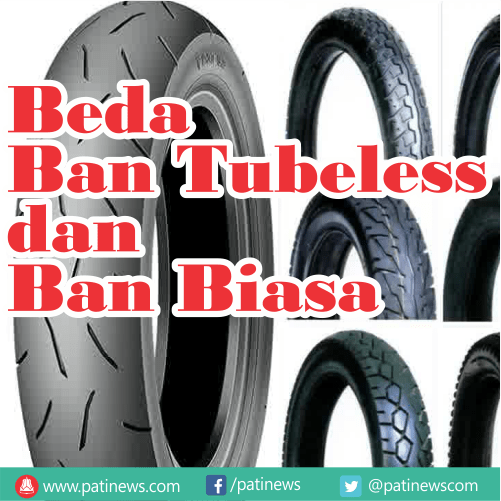 skin-tight. Do not use any tool to tighten the valve retaining ring.
skin-tight. Do not use any tool to tighten the valve retaining ring.
STEP 5. To install tubeless tires, see "ASSEMBLY B, How to install tubeless tires on the GIANT Tubeless WheelSystem".
STEP 6. To fill the sealant, see "ASSEMBLY C, How to Add Sealant to the GIANT Tubeless WheelSystem".
WARNING:

CAUTION:
Tire arms with sharp edges and/or metallic material can damage the rim. To prevent rim damage, we recommend using only the GIANT tire fitting tool or GIANT tire levers that come with the GIANT Tubeless WheelSystem.
ASSEMBLY B
How to Install a Tubeless Tire on the GIANT Tubeless WheelSystem:
STEP 1. Starting on the opposite side of the valve, insert one side of the tire bead into the center channel of the rim bed below, see Figure 4 channel of the entire rim).
STEP 2. Starting on the opposite side of the valve, insert the other side of the tire bead into the center channel of the rim bed (see Figure 4 below). Make sure you are working towards the valve as shown in the picture below. Make sure the bead on both sides of the tire all around the rim is in the center channel of the rim bed to complete the installation. (Using a Giant tire installer and lube may reduce installation resistance.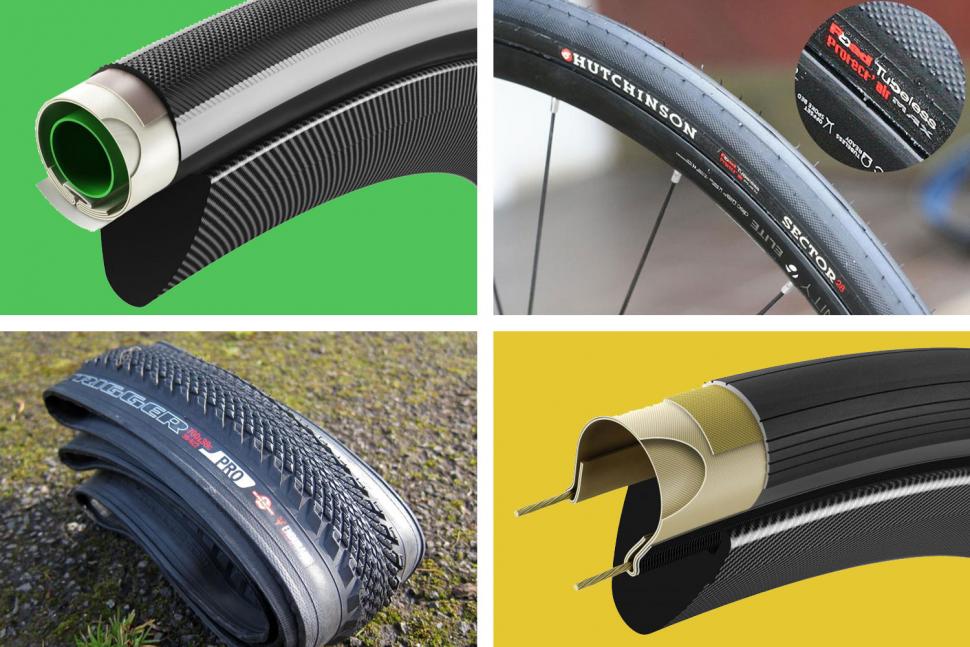 Giant tubeless installer and lube can be purchased from your local Giant Authorized Retailer.)
Giant tubeless installer and lube can be purchased from your local Giant Authorized Retailer.)
ASSEMBLY C
How to Add Sealant to the GIANT WheelSystem:
Step1: Remove the valve core from the valve body using the tool provided. (Picture 5)
Step2: Shake the can well to distribute the particles throughout the sealant. (Figure 6)
Step3: Using the Giant Check and Refill syringe or bottle nipple, inject sealant through the open valve body. Depending on the tire size, the volume should be between 30 and 60 ml per wheel. (We recommend adding 60 ml for tires 28c and above and 30 ml for tires less than 28c) (Figure 7)
Step4: Install the valve stem onto the valve body using the supplied tool. Make sure the valve core and retaining ring are securely tightened. (Picture 8)
Step5: Re-inflate the tire to the minimum maximum tire pressure.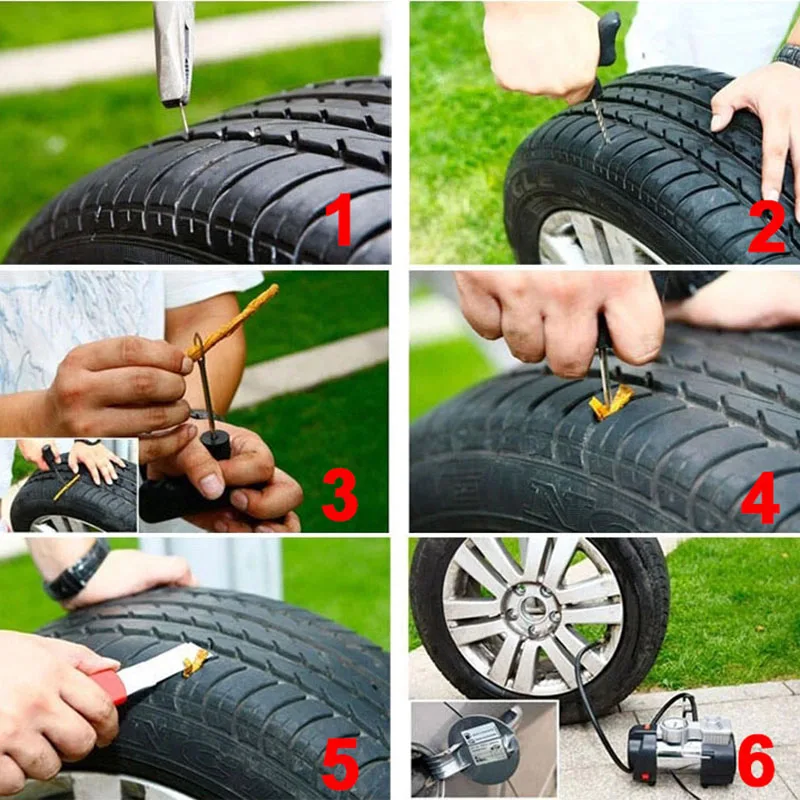 (Picture 9)
(Picture 9)
Step6: Gently shake and twist the WheelSystem to distribute the sealant throughout the inside of the tire and cover the entire inside surface for best sealing performance and puncture resistance. (Figures 10.1-10.4)
Step7: Install the WheelSystem according to the wheel and/or bike manuals, inflate the tire to the recommended pressure, close the valve and ride.
NOTE: In some cases, the maximum tire and rim pressures may be different, in which case the lowest listed maximum tire pressure should be used.
IMPORTANT:
Braking with carbon rims at low speeds can cause a shivering sensation. Only use GIANT brake pads on carbon discs for the best braking performance. Other pads may not provide sufficient braking performance and may overheat the rim causing the carbon fibers to peel off. Failure to follow these guidelines may result in personal injury and void the warranty.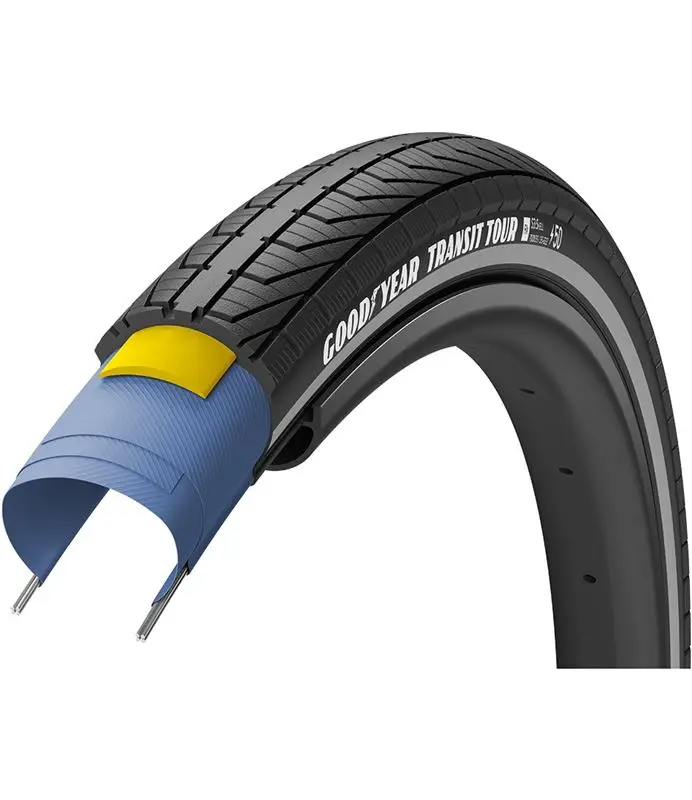 Consult an authorized GIANT dealer for recommended brake pads.
Consult an authorized GIANT dealer for recommended brake pads.
ATTENTION:
Check the compatibility of the brakes, especially the brake interface of the frame, fork and wheel. Install the brake kit and its components in accordance with the manufacturer's recommendations.
When installing and adjusting the rim brake pads, ensure that the pads are at least 3mm from the edge of the rim (Figure 11). Installing closer to the edge of the rim can cause overheating under long term braking or damage to the carbon fiber.
WARNING:
Incorrect brake pad adjustment will void the warranty.
Installation of the center lock disc brake rotor is shown in Figure 12. Follow the disc brake manufacturer's instructions for rotor installation.
CAUTION:

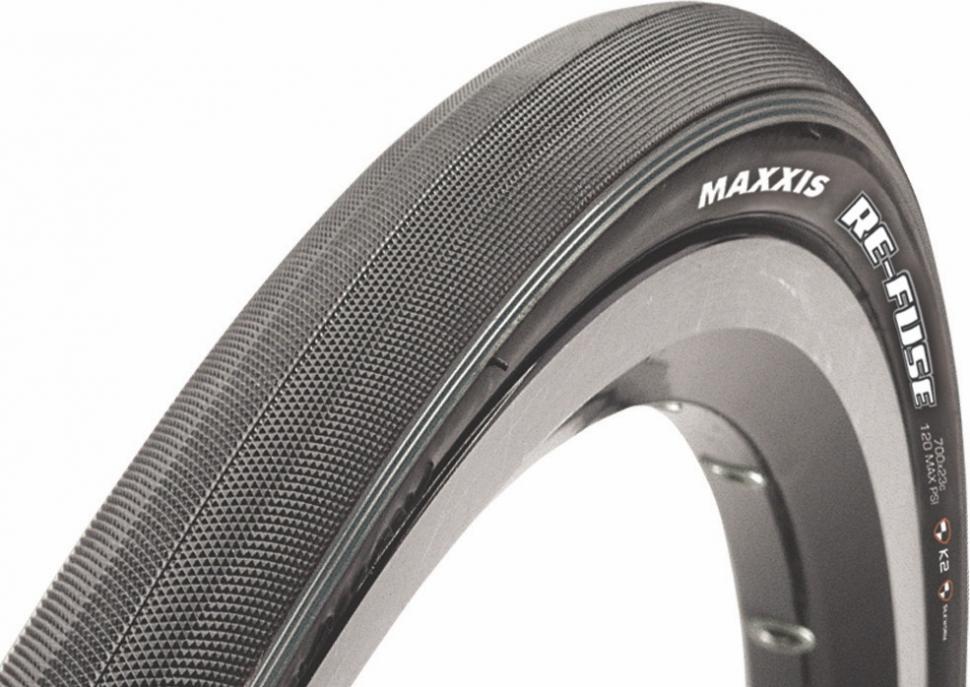 Do not hang the bike by the wheel during display or storage. (Picture 13)
Do not hang the bike by the wheel during display or storage. (Picture 13)  Do not use solvents (such as acetone, white spirit, etc.).
Do not use solvents (such as acetone, white spirit, etc.). CAUTION: Before cycling, check the tire pressure and remove all dirt and brake pad residue (sand, dirt, oil, etc. ) from the tires, brake pads and the braking surface (especially any traces of oil or grease) and check for wear. brake pads, brake surface of the rim before each ride. Replace worn brake pads with new ones to maintain optimal braking effect.
) from the tires, brake pads and the braking surface (especially any traces of oil or grease) and check for wear. brake pads, brake surface of the rim before each ride. Replace worn brake pads with new ones to maintain optimal braking effect.
ATTENTION: If you are using Giant Tubeless Ready WheelSystems with tubeless tyres, please check your tire after cycling. If the tire has large punctures, replace the tire.
WARNING:
To avoid damage to your carbon products, please do not store or transport the product in a manner that exposes it to high temperatures. Excessive heat can damage the resin bonding the carbon fibers. Giant recommends keeping the product at least 45 cm away from any permanent heat sources such as car exhaust, heaters, open flames, etc.
Avoid exposing carbon products to temperatures above 150°C (65°F).
Giant warrants WheelSystems for a period of two (2) years from the date of purchase to the original owner only.
This warranty only covers this product purchased new from an authorized Giant dealer and assembled by that dealer at the time of purchase.
LIMITED REFUND
Unless otherwise provided, the sole remedy under the above warranty or any implied warranty is limited to the replacement of defective parts with parts of equal or greater value at Giant's sole discretion.
This warranty is effective from the date of purchase, extends only to the original owner and is non-transferable.
In no event will Giant be liable for any direct, incidental or consequential damages, including but not limited to damages arising from personal injury, property damage or economic loss, whether based on contract, warranty, negligence, liability for product quality or any other theory.
EXCEPTIONS
The above warranty or any implied warranty does not cover:

Except as provided in this warranty and subject to all additional warranties, Giant and its employees and agents shall not be liable for any loss or damage (including incidental or consequential loss or damage caused by negligence or default) arising out of or in relation to any Giant.